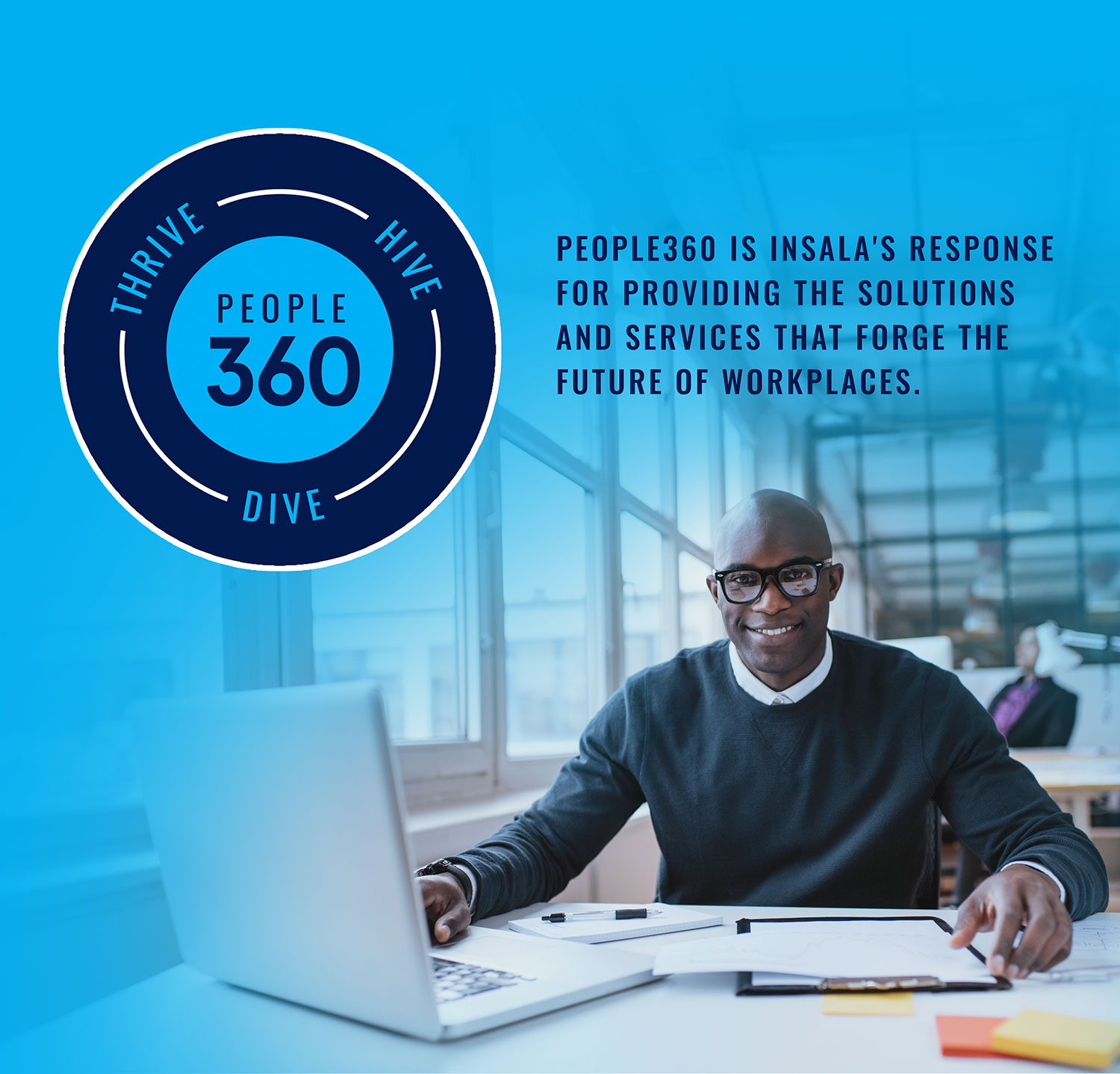How To Find The Right Mentor For You
How To Find The Right Mentor For You Having the guidance and ...
Read more
Traditional, one-to-one mentoring has been around for centuries, but with the technological advancements being made in today’s organizations, modern mentoring is becoming more popular. Modern mentoring goes beyond the traditional mentoring model and embraces a wide variety of models that organizations can implement. A few types of modern mentoring include virtual mentoring, reverse mentoring, and speed mentoring.
You may be wondering why you should consider implementing a modern mentoring program for your organization. Here are 3 reasons that we think you should…
1. Millennial Employees
Millennial employees are becoming the majority in the workforce and are demanding more from organization’s mentoring programs. They prefer having options to choose from that are less traditional and meet their very specific needs. They gravitate towards a more “equal” form of mentoring where traditional roles are used less and the setting is much more casual and fast-paced.
2. The Global Workforce
For many organizations, especially large corporations, their workforce has become global. Luckily, the advancements in technology have made it possible for them to still run effectively and mentoring should be no different. Modern mentoring models, such as virtual mentoring, are perfect for these types of organizations because they allow individuals to interact with people all over the world, in different departments, and with different schedules.
3. Current Trends
Technological advancements are happening every day and as the trends change, the workforce must be willing to change with it. Because modern mentoring takes a new look at the traditional mentor and mentee roles, it can be a great way to keep your employees on track with the world around them. By using models such as reverse mentoring, even senior level employees that are not as familiar with newer technology are able to learn from a junior level employee that is.
These 3 examples aren’t just affecting the success of your mentoring program, but also the engagement and retention rates of your organization. It’s important that you are able to be ahead of the learning curve and offer choices to your employees that will truly benefit them.
If you are interested in learning more about modern mentoring and how implementing a mentoring program can benefit your organization, please request a demo.


How To Find The Right Mentor For You Having the guidance and ...
Read more
How To Establish A Successful Corporate Mentoring Program
Read more
How Mentoring Is Helping Solve The Labor Shortage The labor shortage has become a pressing issue for businesses across industries, with ...
Read more
Now Is The Time To Start Your Mentoring Program In today's ...
Read more
7 Tips To Improve Your Corporate Mentoring Program Corporate ...
Read more

People360 is a pioneer and industry leader recognized by Global 1000 and Fortune 500 companies and associations internationally, for 28+ years as a leader in Career Management, Mentoring, Coaching, Career Transition, Alumni Software solutions and People Analytics.
© 2025 People360. All rights reserved. Privacy Policy